Macro photography is one of those genres that triggers a lot of curiosity among photographers, and I think that’s the main reason why many point-and-shoot (basic entry-level cameras) usually have a built-in macro function.
Even if you’re passionate about other genres like portraiture or social documentary, macro photography has the humble nature of being both a genre and a great teaching format.
We won’t get too technical here, but for definition purposes, macro photography is achieved when (thanks to photographic tools) the subject fills a huge portion of the camera's sensor, even from very short distances.
A macro photograph is an extreme close-up of small objects (like insects and small plants) at extremely high definition.
Today we’ll talk about the importance of practising macro photography, even when we don't develop a consistent style with it.
It Makes Us Get Close
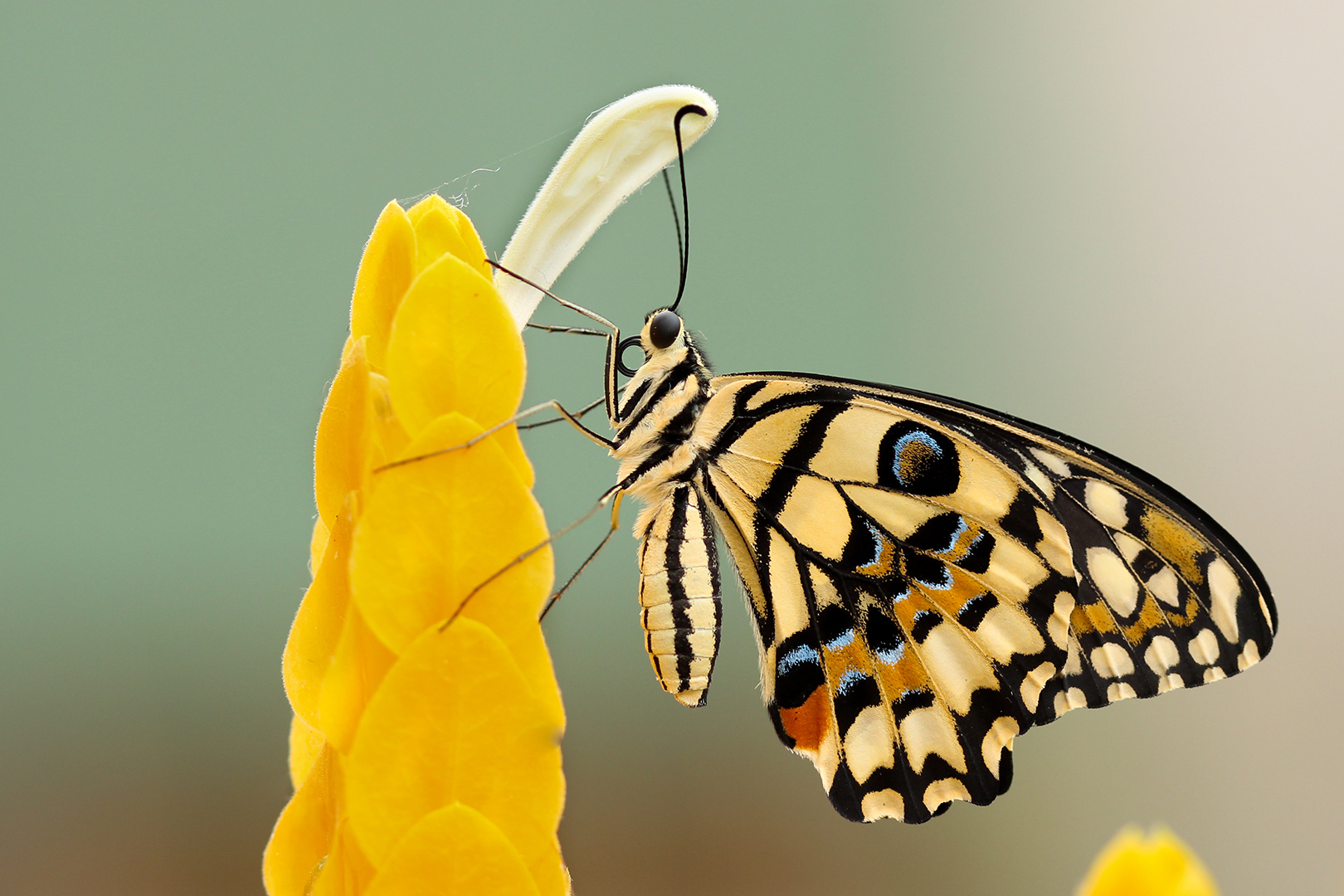
We’ve spoken previously about getting up close in photography for meaningful purposes, but with macro photography, we can get extremely close because, well, we can.
This genre invites us to pay extremely close attention to objects and makes us more curious about how light affects even the smallest things around us.
Compelling Details
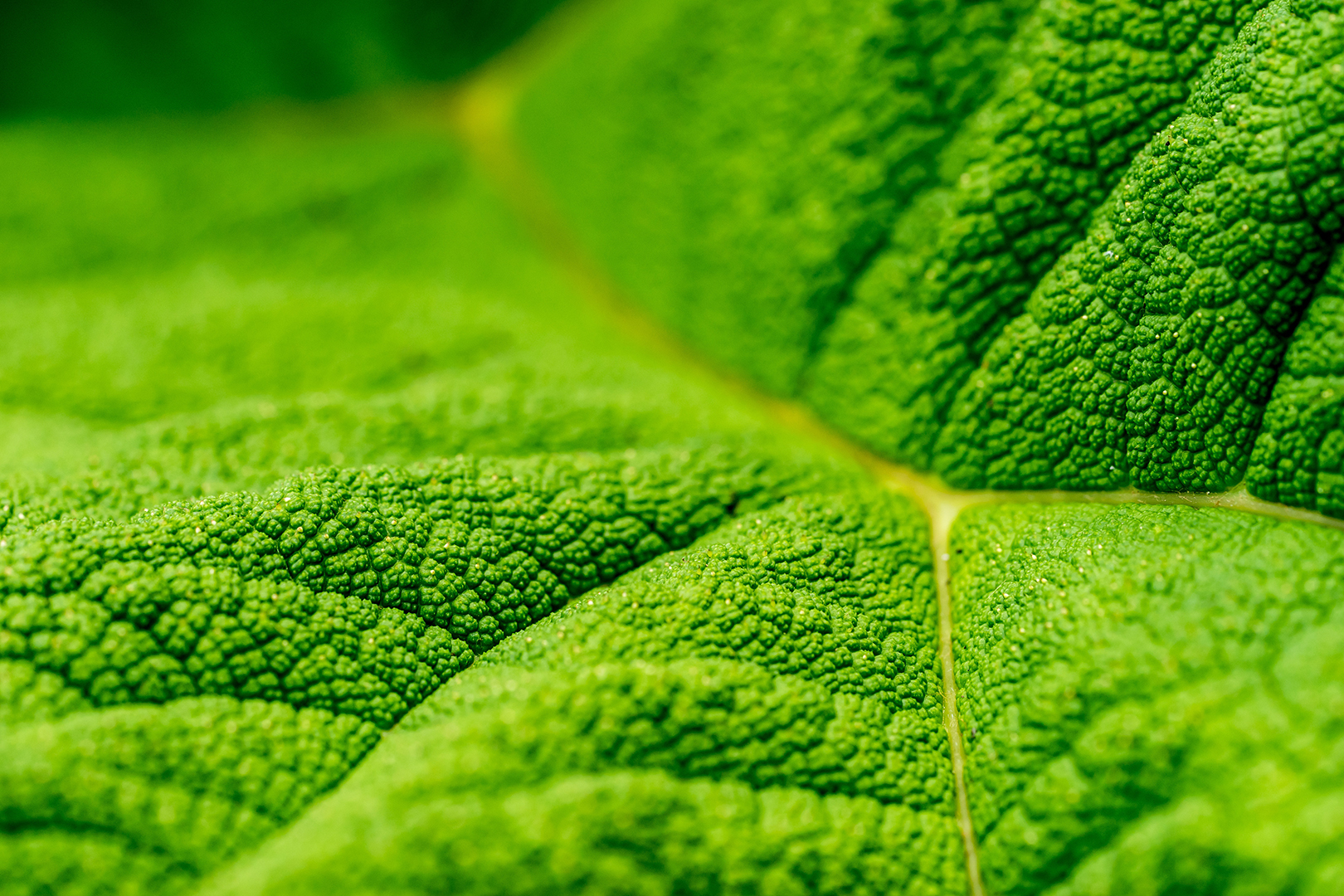
I remember when I was first falling in love with photography. Almost all the images that thrilled me the most had one thing in common: they were all about the details in the subjects. Macro photography will help you reveal wonderful details in everything from products to nature.
Even though this may not initially make sense, details can help you when you’re crafting a photo essay. I’ve seen many wedding photographers get passionate about the details on cakes, flowers, and of course, the all-important ring.
If wedding photographers weren't compelled by details, these details would remain unseen – and trust me, they are worthy of being captured by our cameras.
Contemplating Nature
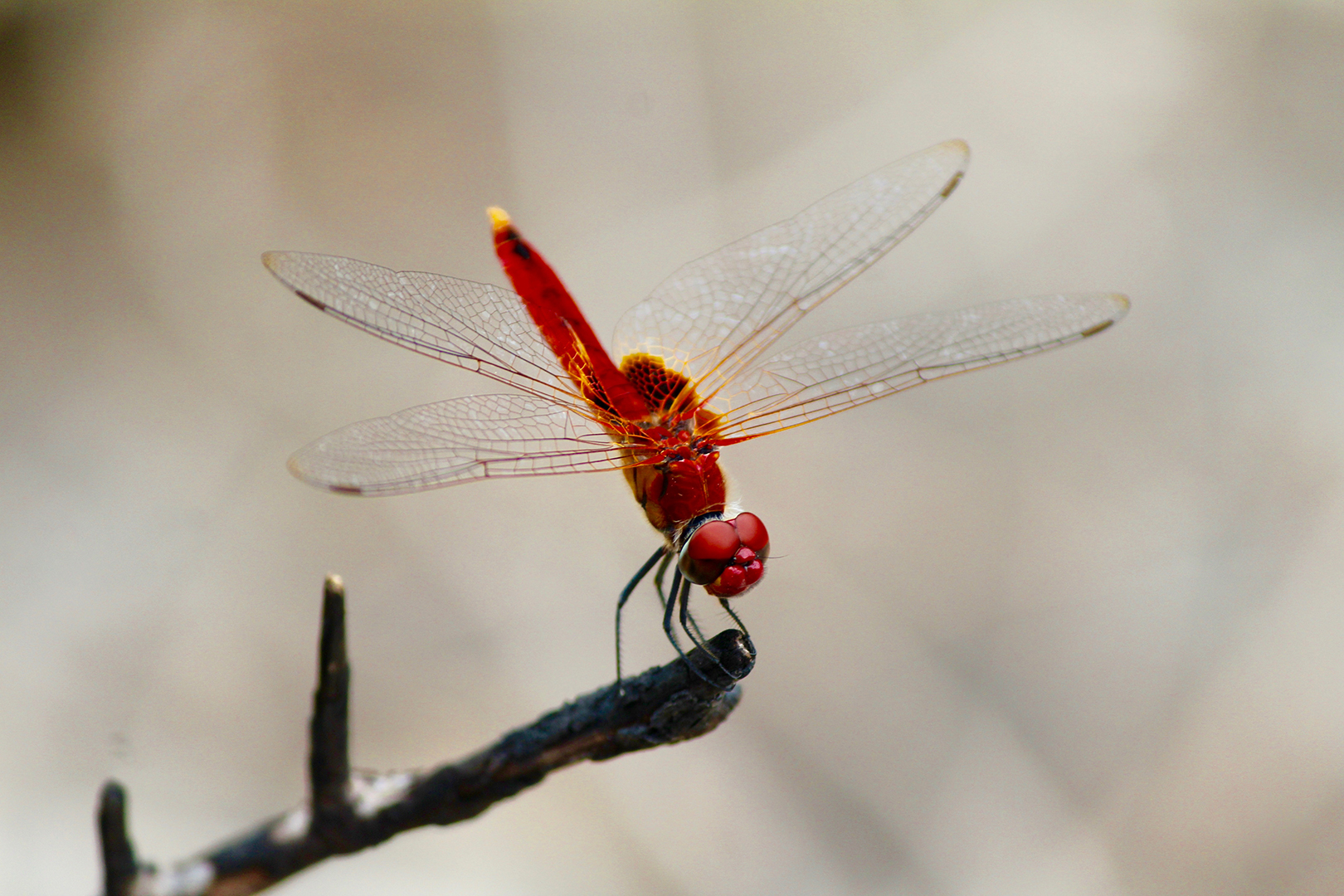
I remember when I was learning photography with one of my greatest masters (a war photographer) and he said that even the toughest human being couldn't resist contemplating the shape, geometry, and mathematical resemblance of flowers.
Perhaps this doesn’t happen every time, but you get the point. Nature has some compelling structures that are worthy of examining with passionate and curious eyes.
Macro photography helps us contemplate nature and appreciate it in a very particular way because we are not just looking at it – we capturing it with our cameras just as we are seeing it.
Seeing the world through an optical device that has the power to augment reality so we can explore a new world beyond our noses is a beautiful experience.
Use macro photography to contemplate nature, and you'll be amazed at the complexity of the microverse that resides in front of our eyes every day.
The Unseen World
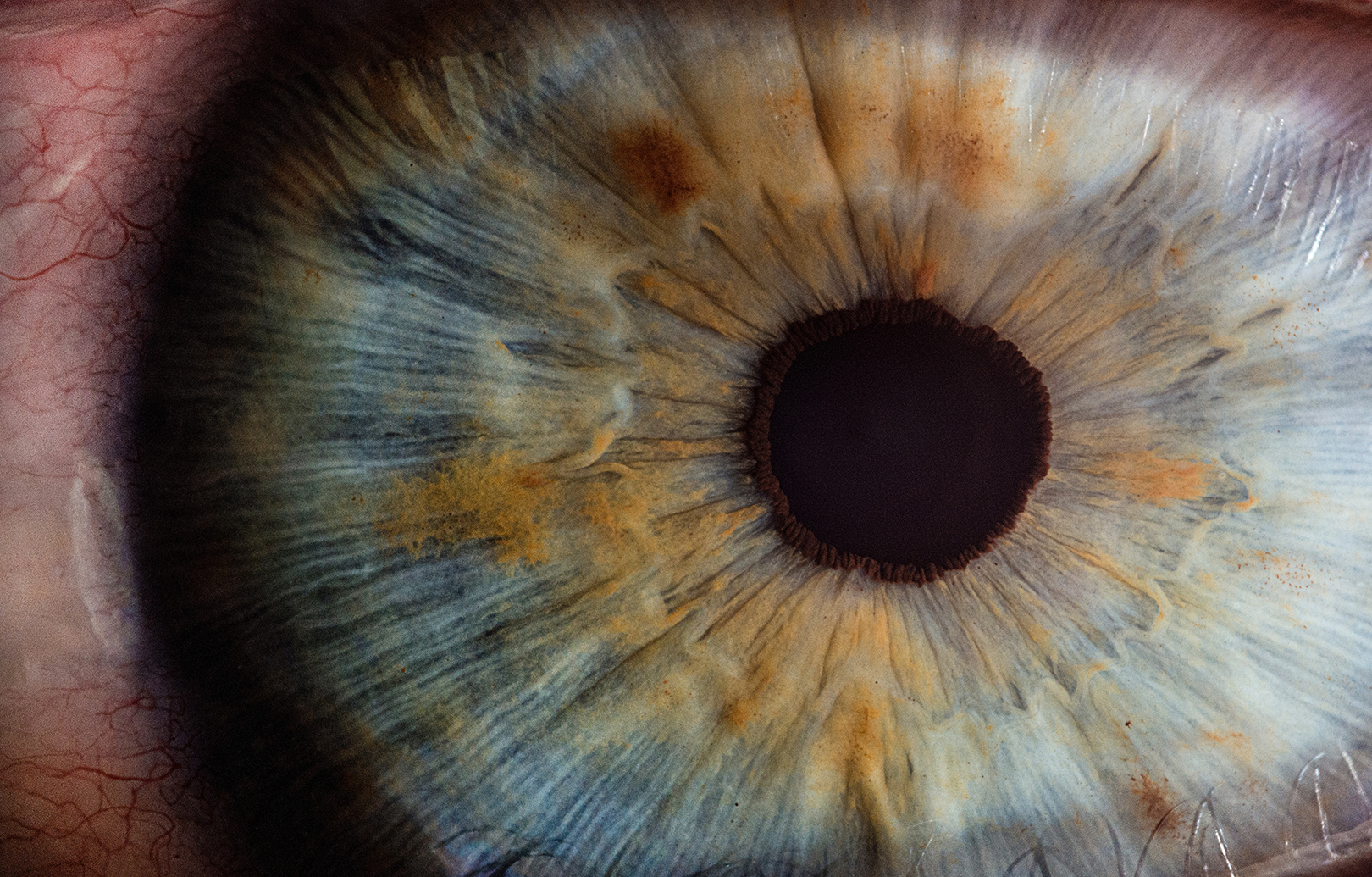
We are busy creatures, and we rarely stop to actually see the world surrounding us. With macro photography, you're almost forced to see the world through different eyes.
Macro photography has the built-in generosity of teaching us about the complexity of the world that our worried, fast-paced minds forget to observe every day.
Embrace macro photography as the perfect window into the vast universe that exists not above us, but right under our noses.
Macro Lenses Are Great
Let's say that you get so involved in macro photography that you decide to invest in a macro lens (because reversing the lens is just unflattering to you) so you can get close to the details you feel are worth capturing. Even if you don't develop a serious macro photography itch, you'll end up with an awesome lens.
It doesn't matter if it’s a 65mm or a long 135mm macro, you'll have one of the most powerful inventions in photography in your hands – and it will work in regular-world situations as well.
Macro lenses are built to incredible quality standards, and they are both fast and sharp. These lenses are great for product shots and portraits. You won't regret the investment, even if you don't develop a huge hankering for macro photography.
Everything Has Potential
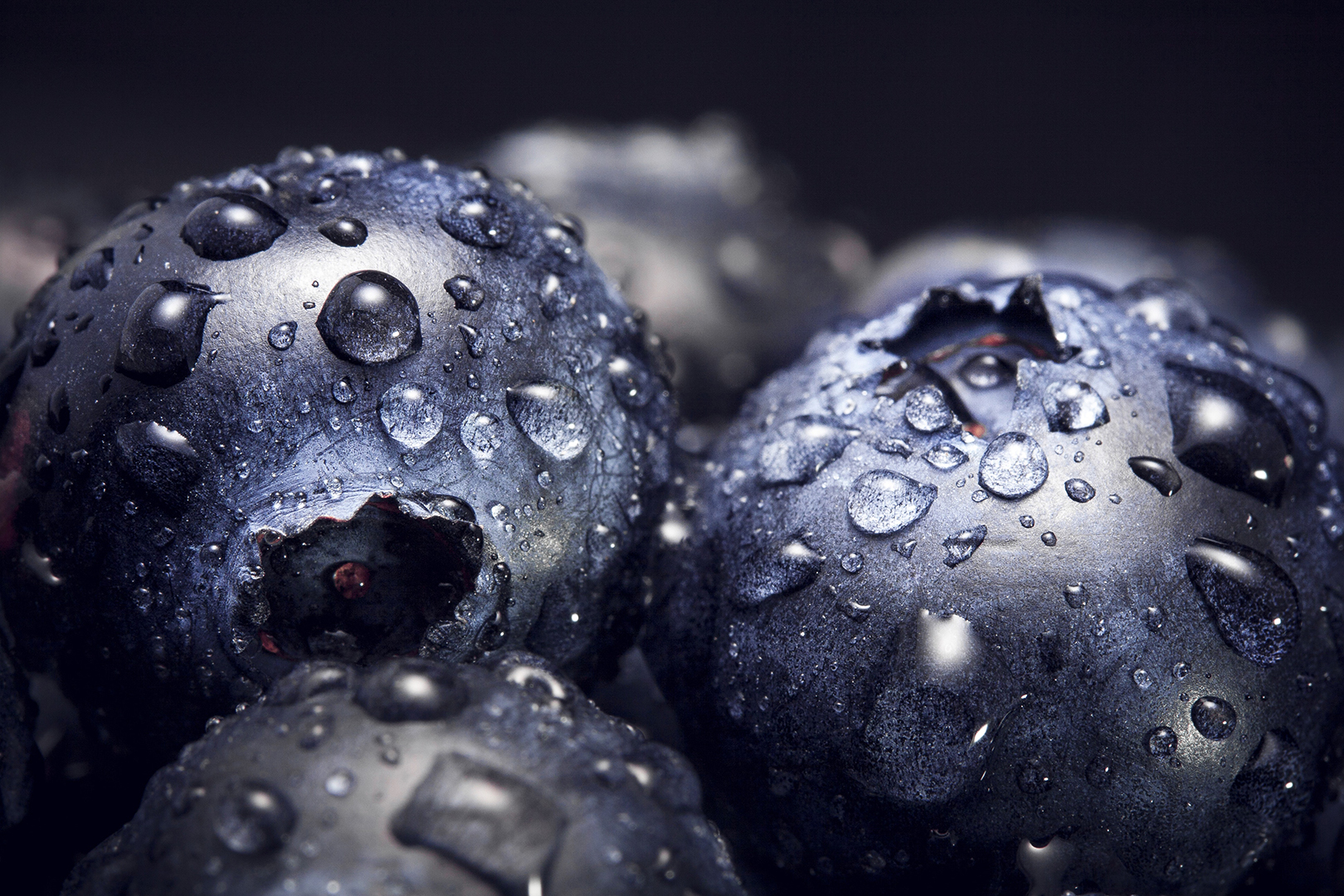
Even though not everything has the potential to make a great photograph, everything looks more interesting when shot with a macro-capable device. Everything will be able to surprise you, and this is a capability we must never lose, no matter our level of expertise.
Even if you don't have a specialized macro lens, try to look everything in your room and house with the curious eyes of macro. Basic point-and-shoot cameras allow us to get extremely close to small objects, and that alone will give you a clearer understanding of the importance of seeing everything through different eyes and from a fresh perspective.
A Potential Entry Into Abstractionism
Abstract art as a mean of expression is a complex thing that requires knowledge and conceptualization. Therefore, I'm not stating that every macro photograph should be seen as abstract – but thanks to its invitation to view the world from a different (and powerful) perspective, it could lead you into becoming more interested in creating some beautiful abstractions.
If you want to read more about macro photography, check out the articles written by some of our finest writers here at Light Stalking.
Use macro photography as a means of expression, or as a simple study tool – but whatever you do with it, remember to always keep your eyes wide open to surprising yourselves with the great wonders hidden in the tiny worlds around us.
If you’re into botanical photography, you need to look at Karl Blossfeldt’s work, at least for some inspiration.



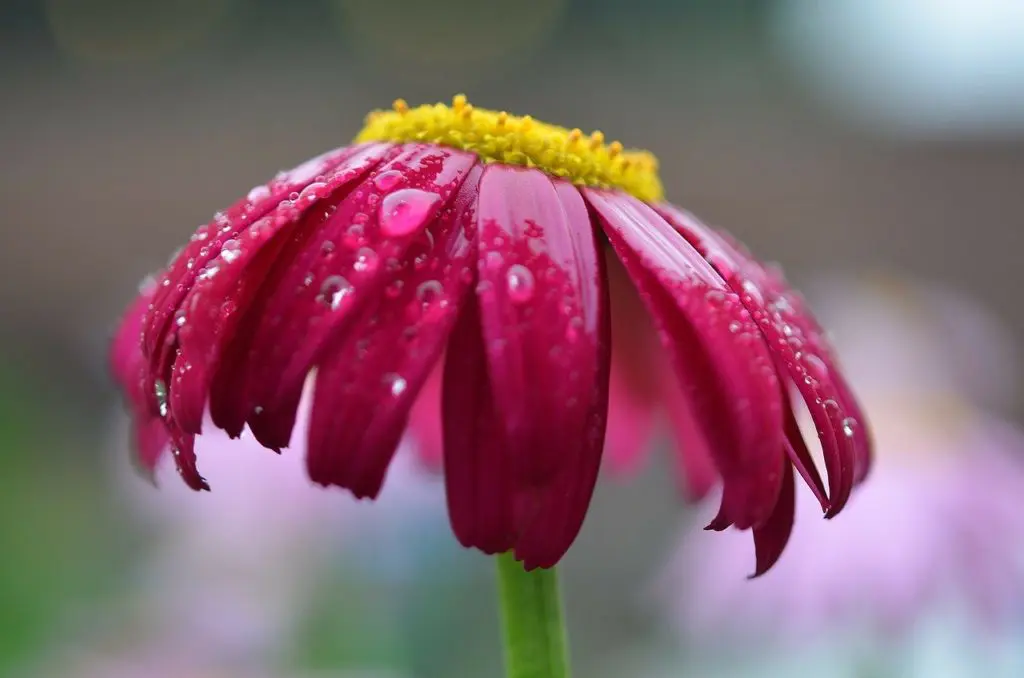
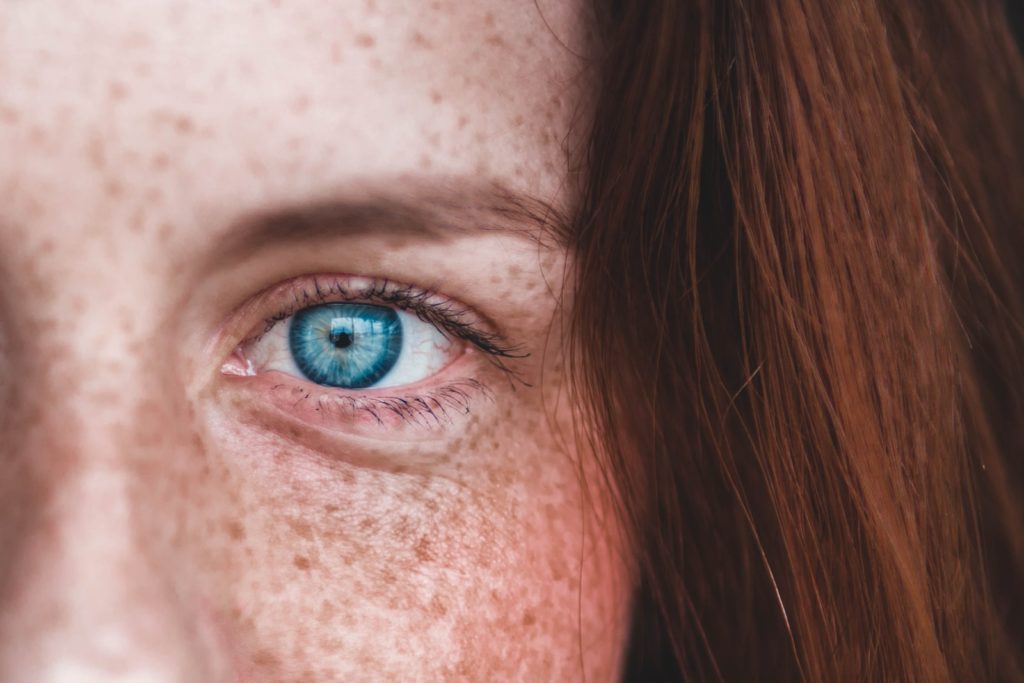
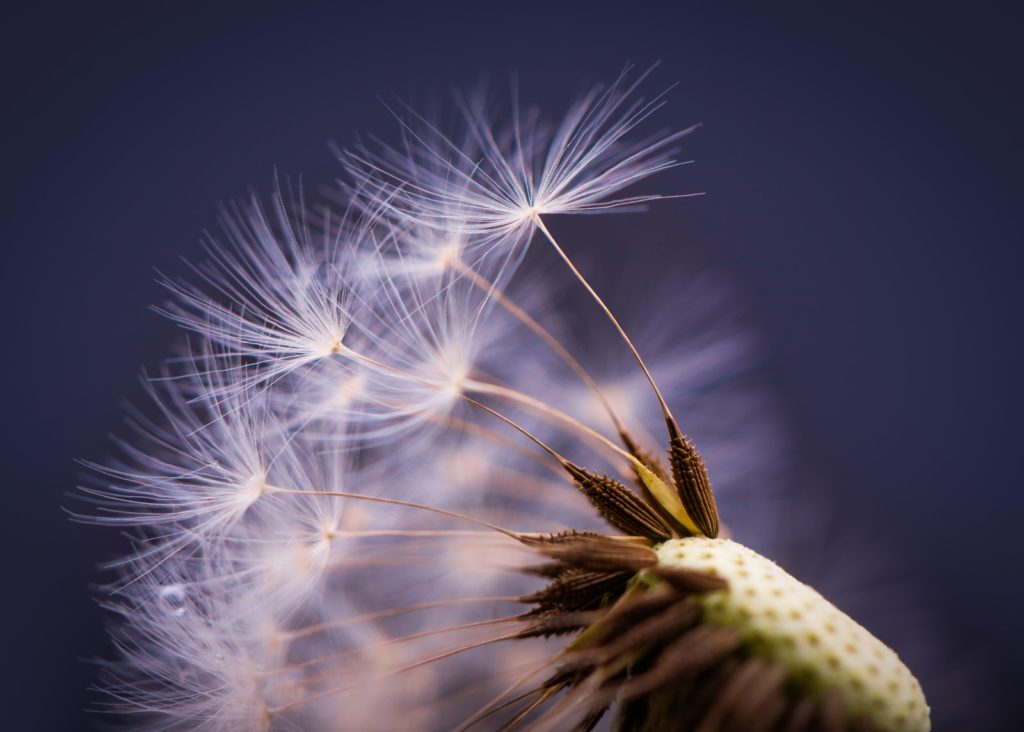
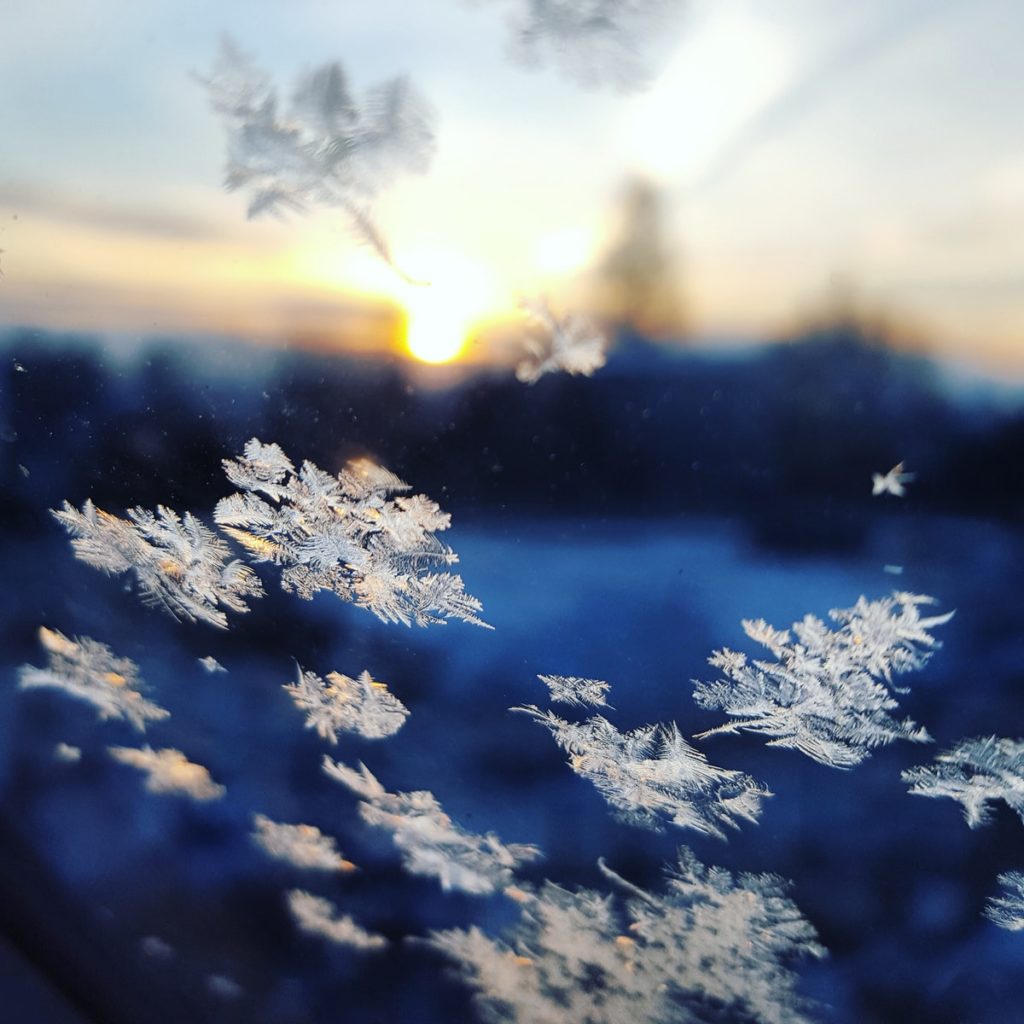
1 Comment
A useful article. It reveals that a macrolens can also be used as a prime lens.